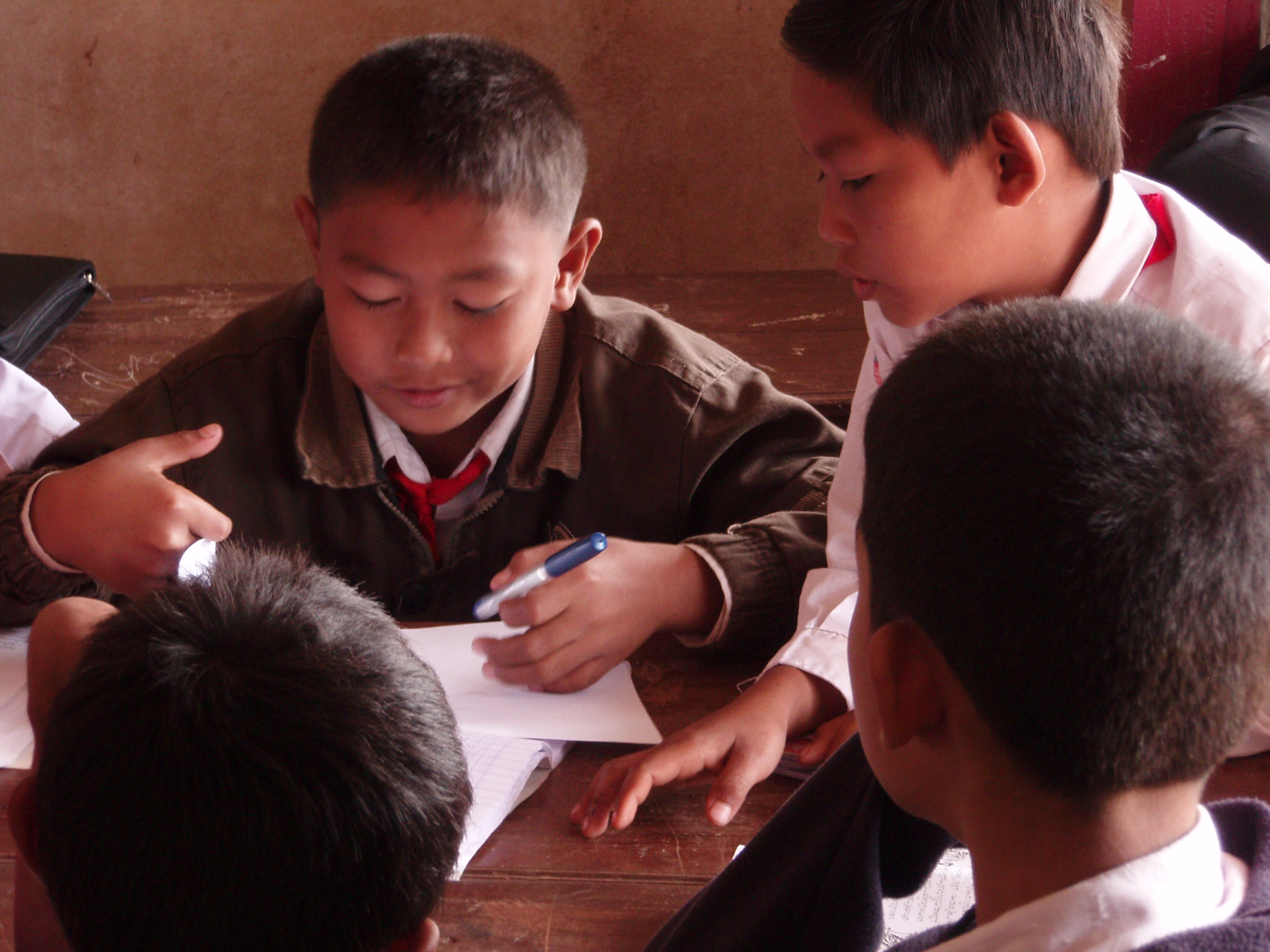Parenting ADHD adolescents
- Understanding ADHD
- Managing ADHD Behavior
- Lifestyle and ADHD: Solutions and Strategies
- Building a Positive Environment Around Your ADHD Child
Building a Positive Environment Around Your ADHD Child
Harnessing the Positives of ADHD

Neurodevelopmental disorder.
ADHD, or Attention Deficit Hyperactivity Disorder, is often associated with impulsivity, hyperactivity, and inattention. However, it's important to remember that children with ADHD also possess a unique set of strengths. This unit aims to help you understand these strengths and provides techniques to encourage and harness them.
Understanding the Strengths of a Child with ADHD
Children with ADHD are often highly creative, innovative, and think outside the box. They can be incredibly energetic, passionate about their interests, and have the ability to hyperfocus on tasks that they find engaging. These traits can be harnessed and directed towards productive and fulfilling activities.
Techniques to Encourage and Harness these Strengths
-
Focus on Interests: Children with ADHD often excel when they are engaged and interested. Encourage your child to pursue their passions and interests. This can lead to increased focus and productivity.
-
Provide Creative Outlets: Given their creativity, providing outlets such as art, music, or drama can be beneficial. These activities allow for self-expression and can help improve focus and attention.
-
Encourage Physical Activity: The high energy levels associated with ADHD can be channeled into sports or other physical activities. This not only helps manage energy levels but also improves concentration and mood.
-
Promote Problem-Solving: Children with ADHD often think differently, which can be an asset when it comes to problem-solving. Encourage this by providing opportunities for your child to solve problems or come up with innovative solutions.
Case Studies Showcasing Successful Individuals with ADHD
Many successful individuals have ADHD and have been able to harness their unique strengths. For example, Richard Branson, the founder of the Virgin Group, has spoken openly about his experiences with ADHD. His ability to think differently and take risks has been a significant factor in his success.
Similarly, Michael Phelps, the most decorated Olympian of all time, has ADHD. His hyperfocus and high energy levels have been key to his success in swimming.
In conclusion, while ADHD can present challenges, it also comes with unique strengths. By understanding and harnessing these strengths, we can help children with ADHD to thrive.